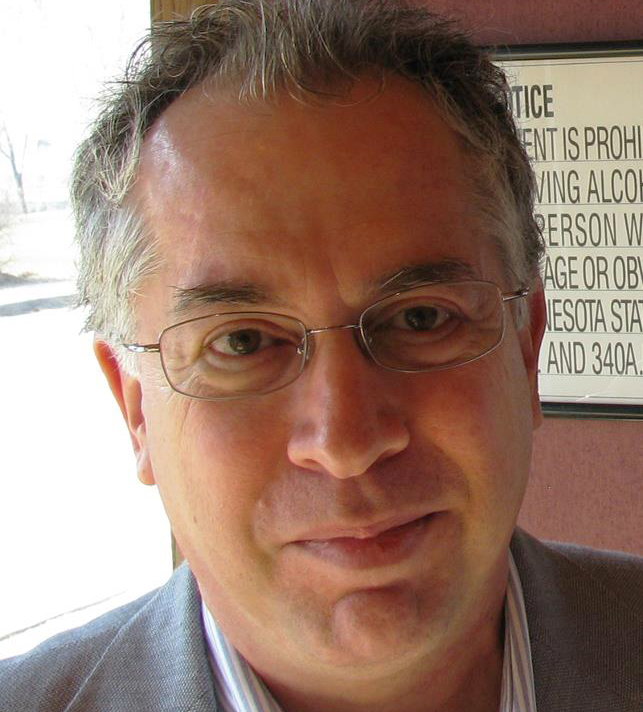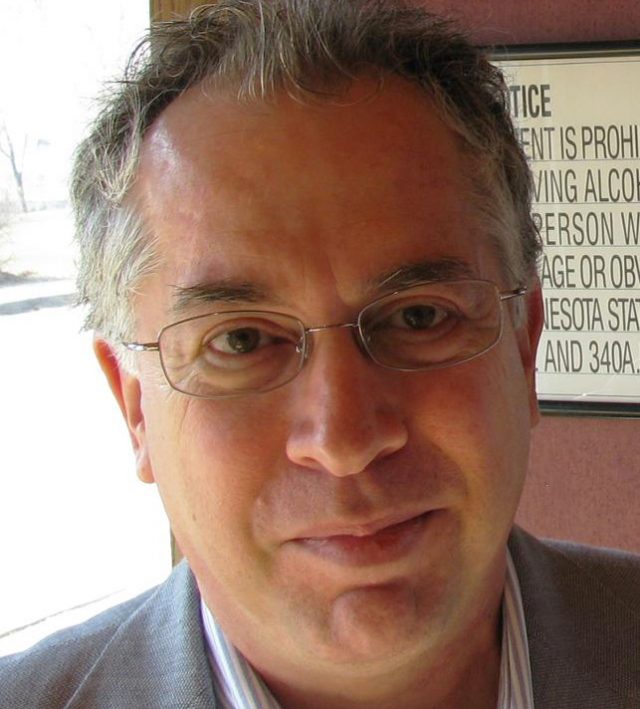 Pipelines on the rez
Pipelines on the rez
This is separate from the column topic
this month (oil pipelines running on and near reservations in
Minnesota), but it’s a positive sign. Venerable rocker Bob Seger
has a new album out titled “Ride Out.” One of his songs, “It’s
Your World,” surveys various environmental threats and includes the
lyrics: “Let’s talk about mining in Wisconsin, let’s talk about
breathing in Beijing. / Let’s talk about chemicals in rivers, let’s
talk about cash as king.”
The front man for the Silver Bullet
Band seems to have weighed in with the environmental movement,
including a nod to the Bad River band and others opposing the
proposed Gogebic Taconite (GTAC) iron ore mine in Wisconsin.
Regarding pipelines in Minnesota, an
Oct. 28 story in the Star Tribune caught my eye. The headline
read: “Enbridge files to replace problem pipeline in Minnesota.”
The story is about the decaying Line 3 pipeline, which runs from
Joliette, N.D., to Superior, Wis. It’s part of what is called the
Lakehead System.
Now, I’m not against all pipelines;
as Enbridge, which has its headquarters in Calgary, Canada, points
out on its Web site: “Petroleum products are part of our everyday
lives – from how we fuel our cars and heat our homes, to the
clothes we wear, the household products we buy, and how our food is
grown. But before those products materialize, crude oil must be
refined into petroleum.”
And then made into an attractive
polyester suit.
As it turns out, the Fond du Lac
reservation, for example, has a bunch of pipelines running through
it, including Line 3. Also, Lines 1, 2, 4, 13 and 67 run through the
rez, according to Rick Gitar, water regulatory specialist with the
Fond du Lac Band of Lake Superior Chippewa.
The announcement of the Line 3
replacement project comes on the heels of Enbridge being rebuffed by
the Minnesota Public Utilities Commission. In September, the PUC
delayed a final review and permitting of the Sandpiper Pipeline. This
new pipeline would carry light crude oil from the Bakken oil patch in
North Dakota to Clearbrook, Minn. and to an existing terminal in
Superior, Wis. It would run south of the existing Line 3.
By a 3-2 vote, the PUC found that six
alternative pipeline routes should be considered for Sandpiper. This
was a victory for environmentalists and for the Indian bands seeking
to protect wild rice beds. Although the Sandpiper route purposely
skirted reservation land, it would still run through the 1854 Treaty
Ceded Territory, where members of Ojibwe bands have retained their
rights to hunt, fish and gather.
Getting back to Fond du Lac, Gitar
explained that the pipelines come from different starting points and
carry different materials. “Lines 1, 2, 3 and 4 start at Edmonton
[Alberta] and go to Superior,” Gitar said, during a phone chat.
“Line 13… is a weird one, because it’s not even on their
inventory. It’s a 20-inch, reverse flow and it contains a product
they call diluent. It’s essentially a solvent that is pumped,
reverse flow, from Superior up to the tar sand fields in Alberta.”
This is something I haven’t really
looked into: diluent. The oil from the Alberta tar sands is too thick
to be pumped through a pipeline; at cold temperatures is has the
consistency of molasses. The raw product, bitumen, must be diluted
with solvent so it can be pumped through pipelines, refined and sold.
And Line 67 runs from Alberta to
Superior. “That’s a 36-inch pipeline that carries the tar sands
oil, that’s a heavy crude,” Gitar told me.
I’ll have to go into more depth on
the pipelines in future columns; but it should be pointed out that
environmental officials with Fond du Lac, and other bands in
Minnesota, are not enamored of Enbridge as a good environmental
steward. Pipelines are safer than oil transport by railroad, Gitar
stated; but Enbridge monitors were asleep at the controls when a
pipeline ruptured in Michigan and 800,000 gallons of oil leaked into
surface waters in 2010. The Kalamazoo River oil spill was one of the
largest inland oil spills in U.S. history.
Gitar pointed out that the EPA
estimated the amount of spilled oil at more than a million gallons.
The spill was going on for 18 hours, before a Michigan utilities
employee alerted Enbridge about the environmental disaster.
Enbridge has pipelines that run under
a lake on the Leech Lake reservation, according to Gitar. He said
that an emergency drill was held to practice containing an oil spill
in the lake. “Enbridge just totally failed that exercise,” Gitar
recalled.





